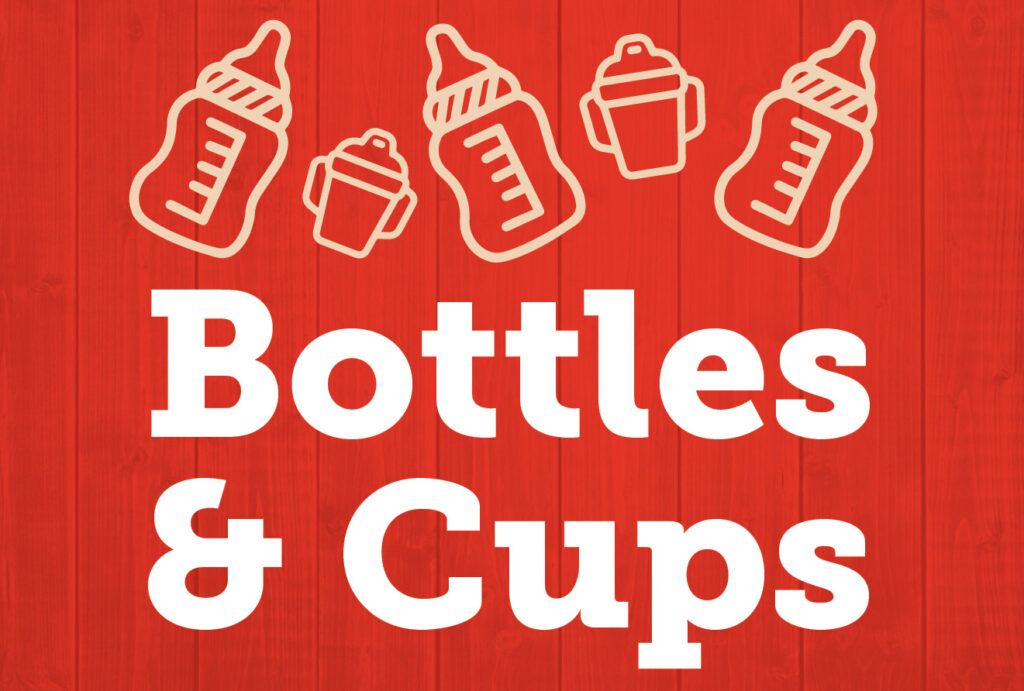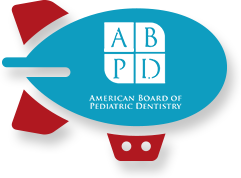Read This Before Letting Your Child Floss!
August 18th, 2016

Flossing is an important part of maintaining a healthy mouth for your child, yet a recent study found that only 4 out of 10 Americans floss on a daily basis. Brushing teeth alone only cleans the visible areas and misses out on the spaces between teeth and leaves your child vulnerable to acid buildup and tooth decay. But don’t worry! We want to help you find the right floss for the specific needs of your child.
Does Your Child Have Gaps in Their Teeth?
If so, then dental tape is a great solution to floss the hard-to-reach spaces in their teeth. Dental tape is wide, flat and designed to be gentle on exposed gums. The width of dental tape makes it easier for small hands to grasp it, and makes it more forgiving when children use too much pressure while flossing.
Are Their Teeth Tightly Bunched?
Teeth that have no visible gaps can be hard to floss because of the limited space. If your child has such teeth, then waxed floss might be the best flossing solution. Waxed floss is thinner than dental tape, and the waxy nature is designed to glide easier between tightly bunched teeth. Because waxed floss is on the thin side, it is important that your child applies less force when flossing so that they don’t mistakenly cut their gums.
Do They Have Braces?
Braces and other orthodontic appliances can cause floss to shred, and also make it difficult to reach the nooks and crannies of teeth that require flossing. If your child has braces, then we suggest that they floss with a floss threader – a device designed to help those with braces floss. Floss threaders make it easier to reach the spaces in teeth impeded by braces and orthodontic appliances. Spongy floss is another great option for those that have oral appliances.
Varied Spacing Between Teeth?
If your child has different sized spaces between their teeth, then ultra floss is the choice for you! Ultra floss can stretch thin to clean between tightly bunched teeth, but is also wide enough to comfortably clean wider spaces. Ultra floss is a waxed dental floss that slides easily between teeth of all shapes and sizes and is marked by its ability to stretch into a thinner size.
Most Importantly, Floss Daily
Regardless of the floss you choose for your child, the most important thing is that they floss daily. You can help them at first to ensure that they are flossing properly and thoroughly cleaning between their teeth.
Does your child have bleeding gums from flossing? If so, they could be developing gingivitis. Bring them into our office for a comprehensive oral exam. During their visit, we will thoroughly evaluate the state of their oral health and provide a range of treatment solutions based upon our conclusions. Visit our office today to help your child earn a great, healthy smile that they will proudly enjoy for the rest of their life!


 Celery, Carrots and Raw Bell Pepper
Celery, Carrots and Raw Bell Pepper




